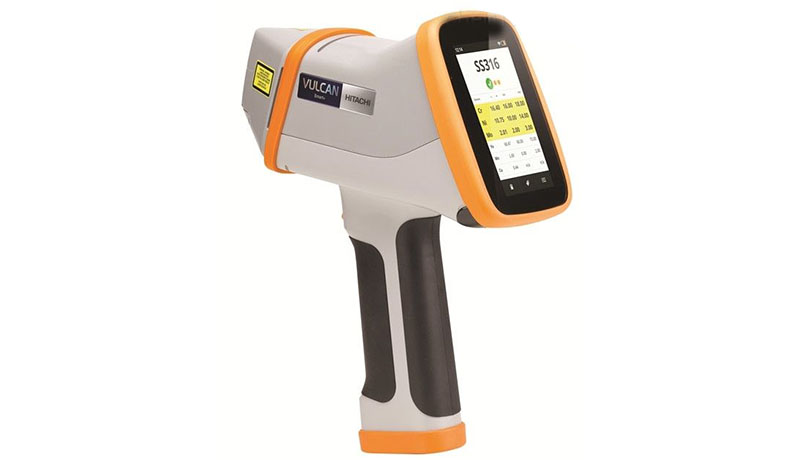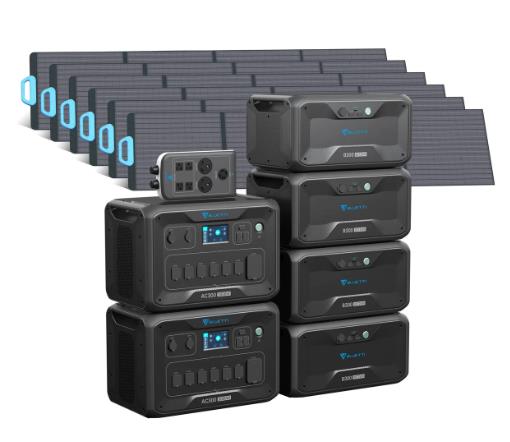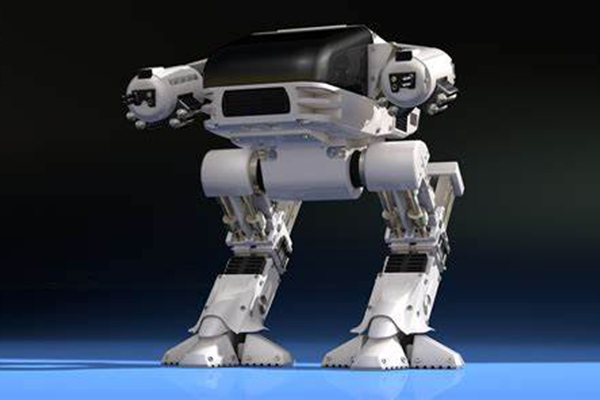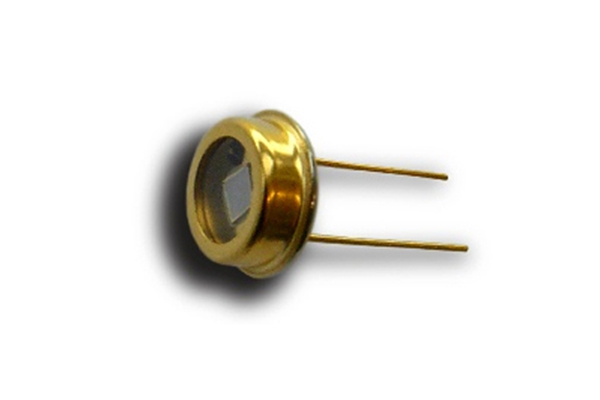Laser-induced breakdown spectroscopy (LIBS) is an analytical technique that employs a highly focused laser gradually removes a material’s surface using a highly focused laser and then creates a plasma in which the light that results is broken down into its constituent parts. It can be used for raw material identification, production process control, and finished product inspection.
What are the components of the laser-induced breakdown spectroscopy system?
Laser: Nd: YAG laser is most commonly employed. The pulse width is in the nanosecond order, which enables a large amount of energy to be concentrated in a tiny area in a limited time. It is simple to peel off tiny particles from the sample’s surface and excite plasma.
- Integrated imaging module:
The module consists of:
- Camera
- An LED coaxial lighting system
- Laser coaxial optical path
It enables the users to focus on the real-time image sent by the camera and choose samples in the observation field. The change in the sample surface and the area of sample bombardment are observed.
- Multi-channel spectrometer:
The multi-channel spectrometer is equipped with an external synchronization clock that helps coordinate the delayed acquisition by all channels. It accurately obtains the total atomic spectral line signal when the atomic excitation radiation becomes significant. Furthermore, the channels and coverage the spectrometer gives can be configured in the range of 180–1000nm per the customer’s need. The built-in clock of the system can synchronize all channels and trigger two external devices simultaneously.
- Laser Safety:
As the sample compartment door is opened, the laser is locked and cannot be accessed for safety reasons. The door has an embedded laser protective glass that entirely isolates the 1064nm laser scattering damage.
- Optical fiber receiving system:
The system has better detection capabilities because the approach of lens coupling and close-range large-area light collection assures that the plasma light is connected to the inside of the fiber to the greatest possible extent. The lens protects the fiber end face from plasma contamination, extending fiber life.
- 3D sample platform:
The integrated three-dimensional sample platform enables the user to place multiple samples and adjust the position and depth of the laser bombardment. It offers automatic focusing and scanning of the sample.
- Integrated inflator:
The integrated gas filling apparatus may instantly fill the sample stage with inert gas. Similarly, the inert atmosphere established near the sample can facilitate the life of the plasma and reduce the chamber air.
How does LIBS work?
The LIBS analysis uses a focused pulsed laser to excite the sample, eliminating small amounts of material from the surface. Thousands of pulses excite the sample during a 1-second measurement period, and materials are heated up to 10,000 degrees Celsius.
A high-powered laser illuminates the sample in LIBS, and the beam is concentrated on a tiny analysis spot. The material in the sample is removed, and a cloud of nanoparticles is produced. Due to the high peak energy of the laser beam, the absorption and multiphoton ionization effect enhance the opacity of the gas and aerosol clouds. The plasma forms once the clouds absorb the energy. The nanoparticles are heated by the high-energy plasma, which causes them to melt and release light. The emitted light is captured by the detector and recorded as a spectrum. The elements that are present in the sample can be determined by examining the spectrum. Software algorithms can qualitatively evaluate the spectrum in more detail.
Detection Limits and Quantitative Analysis
The detection range of LIBS is heavily based on the type of sample, its specific elements, and the instrument’s configuration of laser/spectral detector. Due to this, the detection range of LBS is anywhere from a few ppm to the % level. In most routine applications, LIBS detection limits of 10 ppm to 100 ppm can be achieved for most elements. The relative standard deviation of measurements acquired by LIBS in quantitative analysis can reach within 3–5 percent.
Why use a laser-induced breakdown spectrometer?
- True NDT:
LIBS is categorized as a true non-destructive measurement device as a fraction of the substance is utilized during the process. Additionally, the heating of the sample facilitated by the laser is almost negligible as the average power incident on the sample is below 1W. In theory, LIBS can achieve elemental analysis of any substance, regardless of its physical state.
- Remote Analysis Capability:
LIBS is based on all-optical technology, which means that the analysis can be done only by contacting the sample with light. Therefore, it can be used for remote analysis. Analysis can typically be performed from 10 meters away using a telescope system or 100 meters away using a fiber optic probe. This particular feature enables the LIBS technology to be appropriate for analyzing hazardous or high-temperature materials.
- No sample pretreatment is required:
One good thing about LIBS technology is that it can analyze the material without pretreatment. However, suppose the sample is covered with other substances. In that case, the surface must be cleaned with a laser or expose the underlying material to be tested before the sample can be analyzed. The kind of material being removed and the laser’s energy both affect how effectively the process of laser ablation works. With a modest, low-power laser, most oxides, oils, or coatings several hundred microns thick can be swiftly removed.
- Quantitative Analysis of Trace Elements
The trace elements in the matrix material can be quantitatively evaluated after the LIBS system has been calibrated. Examples include the examination of chromium in steel, magnesium in aluminum alloy, iron in glass, copper in copper sulfate, etc.
- Fast and non-contact measurement:
LIBs system offers fast sample analysis as the process can be completed with only one laser pulse. When combined with the characteristics of non-contact measurement, it is a powerful system used extensively in the scrap metal, allow, and plastic recycling industry. The sample moves rapidly on the conveyor belt, and the measurement speed needs to be fast. No other technology is more suitable for this field than LIBS technology.
- Depth Profile Analysis of Layered Structures and Surface Coatings:
With LIBS techniques, depth profiling of layered structures can be carried out as the laser is equipped to remove surface coatings in a controlled manner. The function of the components of the tested material as a function of depth can be acquired when the laser is constantly “drilled” into the substance to be tested. The spectrometer detects the optical radiation produced by the spectrometer.
What are the effects of insufficient argon purity in the analysis of laser-induced breakdown spectrometer on the test results?
How can the accuracy of data in the analysis of a laser-induced breakdown spectrometer be ensured? Argon is an essential protective gas required for the appropriate working of the spectrometer. Hence, to reduce any possibility of interaction between the air and surface of the sample, discharge is performed in the spark chamber under the protection of an inert gas argon atmosphere. Purity and quality are the two primary factors influencing the accuracy of data. Insufficient argon purity can result in the following:
- Difficulty in excitation of multiple elements resulting in errors in the results.
- The excitation light source does not fire and trips.
- The presence of impurities in argon negatively influences the excitation effect and light intensity value.
- The correction coefficient is not within the standard range. The normalization coefficient is also higher than average.
- Excitation and ionization of moisture give oxygen which absorbs the light emitted by certain elements. Consequently, the light intensity of those elements is reduced.
- Diffusion discharge during excitation results in reduced intensity and unresolved spectral lines. The analysis data is incorrect, and the sample’s surface is not degraded.
- The data acquired is unstable and significantly impacts non-metallic elements, especially those with low analysis wavelengths.
Things to Know About Using Laser-Induced Breakdown Spectrometers
- Importance of sample preparation.
Reliable results can only be ensured if sample preparation is done appropriately. Traces of contaminants such as paint, grease, or dirt can interfere with the results and make them unreliable. The primary reason behind it is that the analyzer employs a laser to ablate the sample surface resulting in a fraction of the sample is removed. Hence, sample preparation is crucial.
- The importance of instrument maintenance
Accuracy depends primarily on two things:
- Instrument Calibration
- Sample Preparation.
Routine maintenance of the instrument is very crucial to ensure that it gives accurate and precise results. Maintenance includes routine setup procedures, instrument cleaning, and annual calibration certification.
A. Daily setup process: It is for analyzer standardization, including waveform and sensitivity correction.
B. Instrument Cleaning: Removal of metal particles from the window to prevent signal throughput from being reduced. Instrument cleaning is recommended every 1000 readings.
C. Annual Calibration Certification: It should be checked by a manufacturer’s certified technician who can verify the analytical performance of your instrument. The instrument should be recalibrated if necessary to ensure proper function and instrument status.
- The importance of sample uniformity:
The instrument’s stability and the sample’s homogeneity affect how precisely the instrument’s analytical results are generated. The small amount of sample being ablated and the possibility of point-to-point fluctuation could lower analytical precision. It is recommended to analyze at least three measuring points and average the results.





